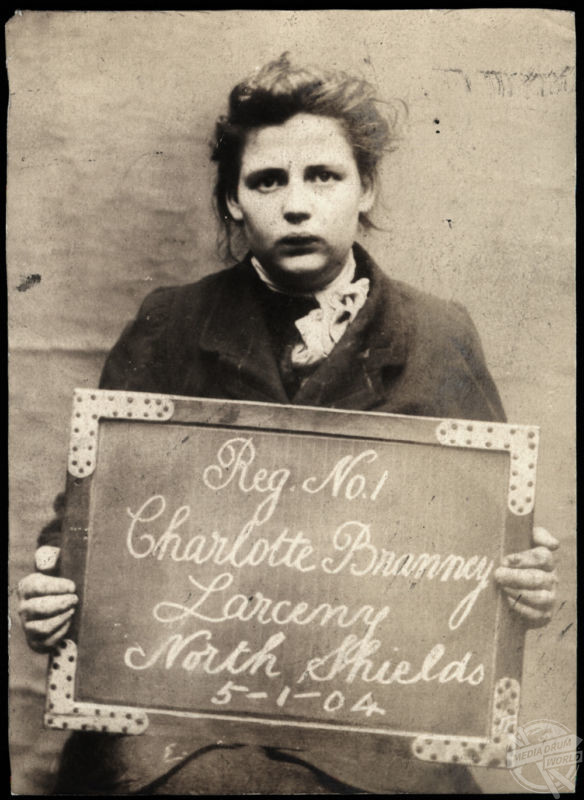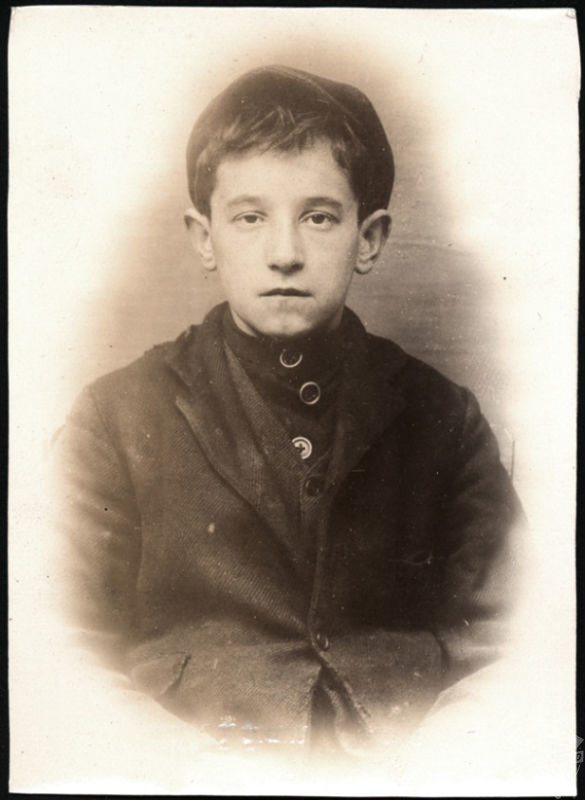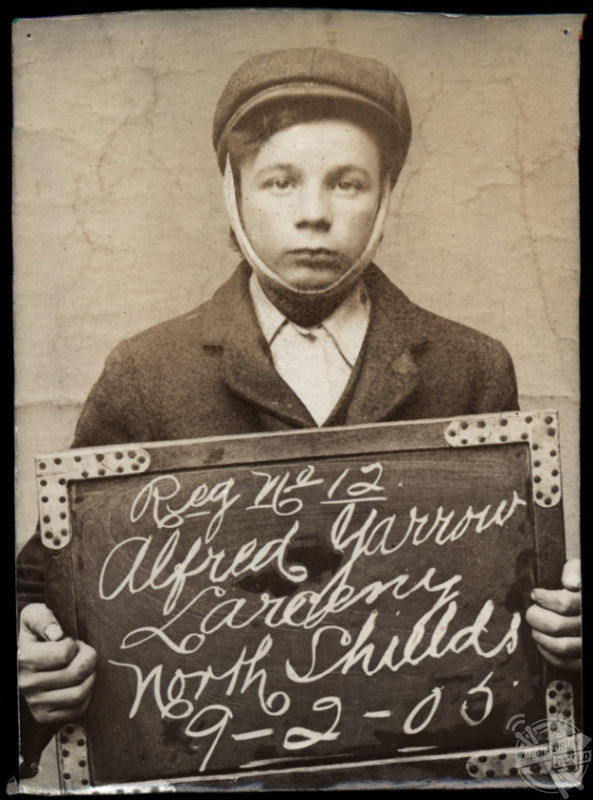
By Alex Jones
COCKSURE, scared, or totally unphased: Mugshots of criminal teenagers dating back over 100 years ago capture a wide range of emotions as the juvenile offenders await their fate, hoping they wouldn’t have to serve their sentences alongside murderers, rapists and cutthroats.
Incredible photos, dating from 1902 to 1916, show the faces of troubled teens and pre-teens who have been hauled in for a wide range of petty crimes – ranging from stealing doormats to dine-and-dashing.

The candid shots, featuring young offenders who were brought before the North Shields Police Court in Newcastle, show children as young as 12 standing before the police photographer – some shamefaced, some scared and others seemingly at peace with their misdemeanours.
If imprisoned the children would spend time in non-age-restricted prison, serving their sentences alongside all manner of nefarious and dangerous criminals.

In the Victorian era, which ended just before these young offenders were processed, children as young as ten who were caught breaking the law could find themselves thrown into prison with adult offenders, in the workhouse, or even facing deportation to Australia.
It was not until 1847 that the Juvenile Offenders Act was enacted, the first legislation to distinguish between adults and children for justice purposes. It allowed children under 14 to be tried for some lesser offences summarily in a magistrates’ court.

In 1854 the Youthful Offenders Act allowed courts to sentence children under 16 to a stint in a reformatory for between two and five years as an alternative to prison – but they must serve an initial 14 days in prison. That was the fate that awaited more of these perpetrators.
The next crucial law change took place in 1908 when the Children Act was brought into law. This legislation established a separate juvenile court for the first time dealing with both crime and welfare issues; abolished custody for children below 14 in the juvenile court; and introduced new short-term sentences for detention in police-run remand homes. Being whipped by a birch cane was still considered a viable punishment too.






